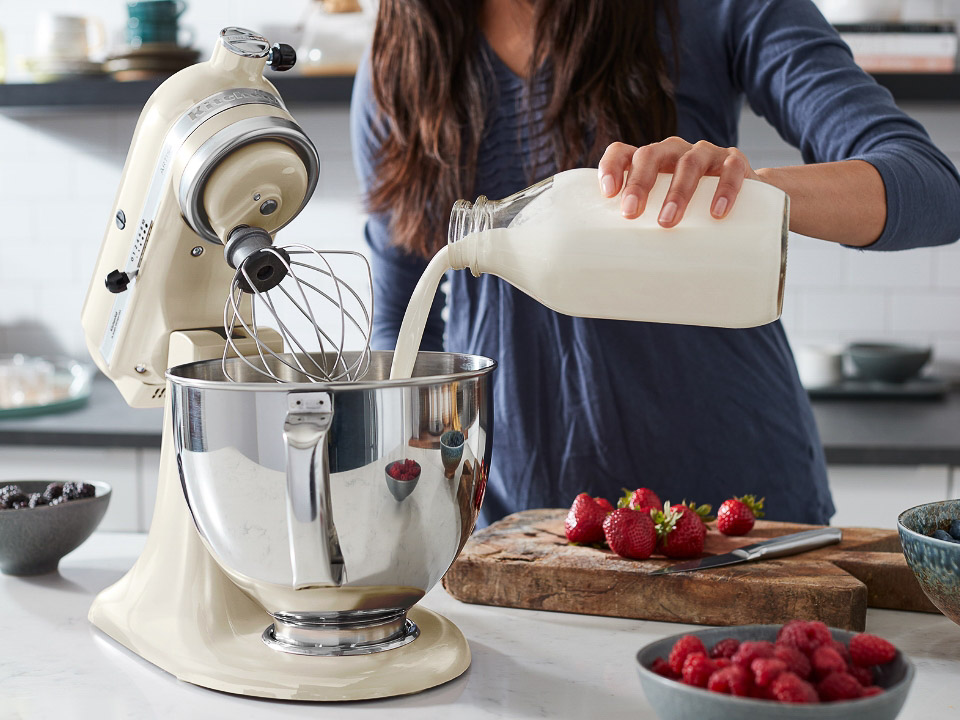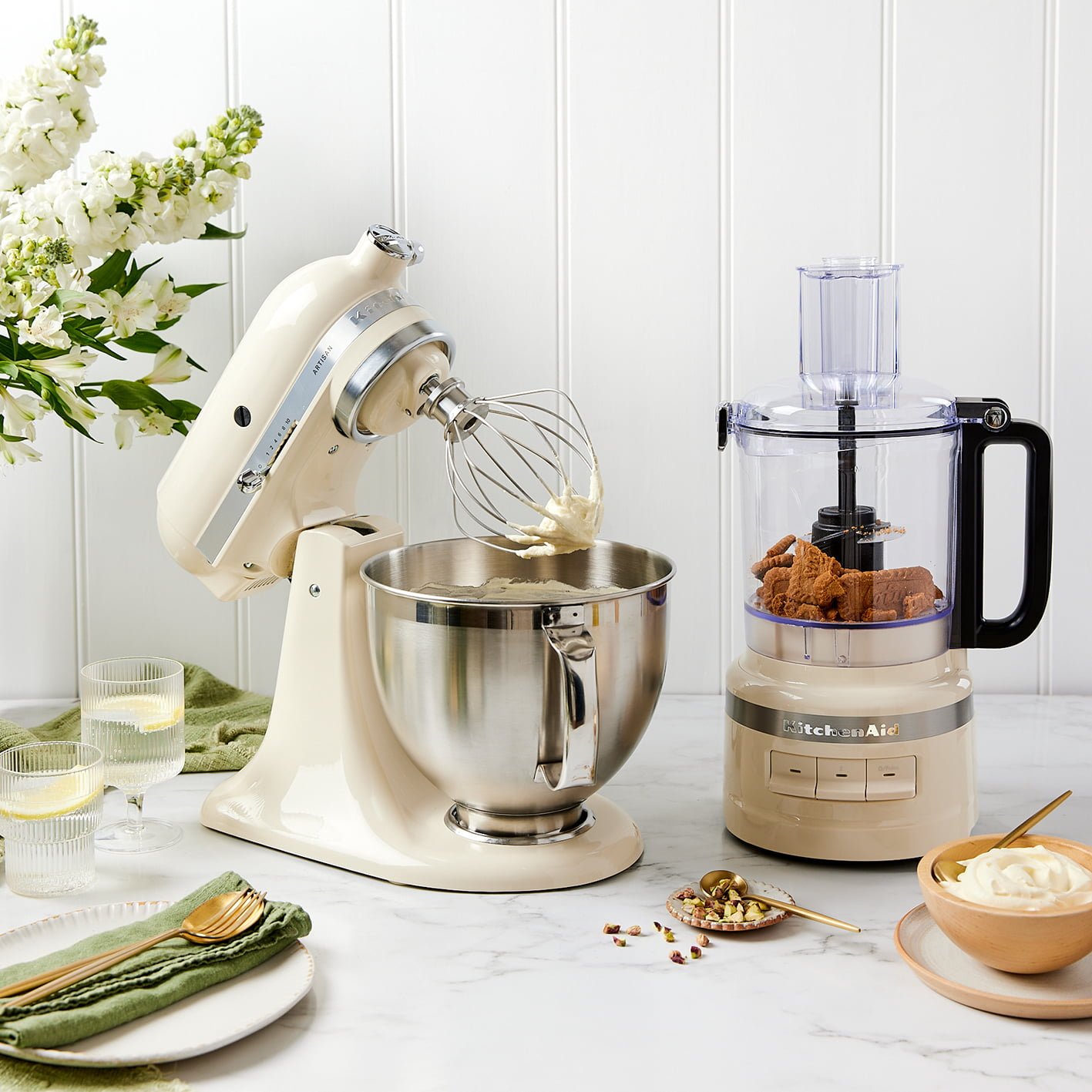When it comes to stand mixers, KitchenAid is a name that resonates with quality, durability, and reliability in the kitchen. Whether you are a budding baker, an enthusiastic home cook, or a professional chef, a KitchenAid stand mixer is often considered a staple appliance. However, when you’re ready to add this iconic piece to your kitchen, you may find yourself pondering over the choice between a Tilt Head and a Bowl Lift model. Here at TheKitchenApplianceDad.com, we understand the importance of making an informed decision. In this post, we’ll delve into the specifics of Tilt Head and Bowl Lift KitchenAid mixers to help you determine which is best suited for your culinary needs.
Before we dive into the nitty-gritty, let’s quickly define the two types of stand mixers.

In a Tilt Head mixer, the head of the mixer, where the motor and the attachment hub are located, tilts back to allow access to the bowl. This design is often preferred for its ease of use, as you can easily attach or remove the bowl and change the attachments.
Bowl Lift mixers, on the other hand, feature a design where the bowl hooks into place on the mixer’s arms and is then lifted toward the mixing attachment using a lever. These mixers are generally more stable and can handle larger batches of ingredients.
Now, let’s compare these two models across various factors to see which might be the right fit for your kitchen.
Tilt Head Mixers:
To decide which KitchenAid stand mixer is best for you, consider the following:
If you often bake bread or work with pizza dough, a Bowl Lift model with its stability and larger capacity may be more appropriate. For those who bake occasionally or in smaller quantities, a Tilt Head mixer should suffice.
Smaller kitchens might benefit from the more compact Tilt Head mixer, especially if you plan to store it in a cabinet when not in use. If you have ample counter space and don’t mind leaving your mixer out, a Bowl Lift model could be a good fit.
If you’re looking for a more budget-friendly option, Tilt Head mixers are typically less expensive. However, if you’re willing to invest in a more heavy-duty mixer that can handle a wider range of tasks, a Bowl Lift mixer might be worth the extra cost.
Ultimately, the choice may come down to which model you prefer using. Some bakers like the simplicity and ease of a Tilt Head mixer, while others prefer the professional feel and power of a Bowl Lift mixer.
To give you a better idea of how each type of mixer might fit into your kitchen routine, let’s look at a couple of scenarios:
Samantha loves to bake cookies, cupcakes, and the occasional loaf of banana bread for her family. She has a cozy kitchen with limited counter space. In this case, a Tilt Head KitchenAAid mixer like the KitchenAid Artisan Series would be ideal. It’s easy to use, has sufficient capacity for her baking needs, and can be easily stored away.
David is passionate about making bread. He often experiments with different types of flour and enjoys making large batches to share with friends and family. He has a spacious kitchen and doesn’t mind his appliances taking center stage. For David, a Bowl Lift model like the KitchenAid Professional 600 Series would be better suited to his needs due to its stability and larger capacity.
Regardless of the model you choose, proper maintenance is key to ensuring the longevity of your KitchenAid mixer. Both Tilt Head and Bowl Lift mixers are built to last, but they require regular cleaning and occasional servicing. It’s important to follow the manufacturer’s instructions for care and to use the mixer as intended to avoid any unnecessary wear and tear.
One of the great things about KitchenAid mixers is the community and support that come with them. There are numerous online forums, social media groups, and KitchenAid’s own customer service where you can find tips, recipes, and help with any issues you might encounter. Whatever model you choose, you’ll be joining a community of enthusiastic KitchenAid mixer owners.
Remember, whether you choose a Tilt Head or a Bowl Lift KitchenAid mixer, you’re investing in a tool that will enhance your culinary adventures for years to come. Happy mixing from all of us at TheKitchenApplianceDad.com!

